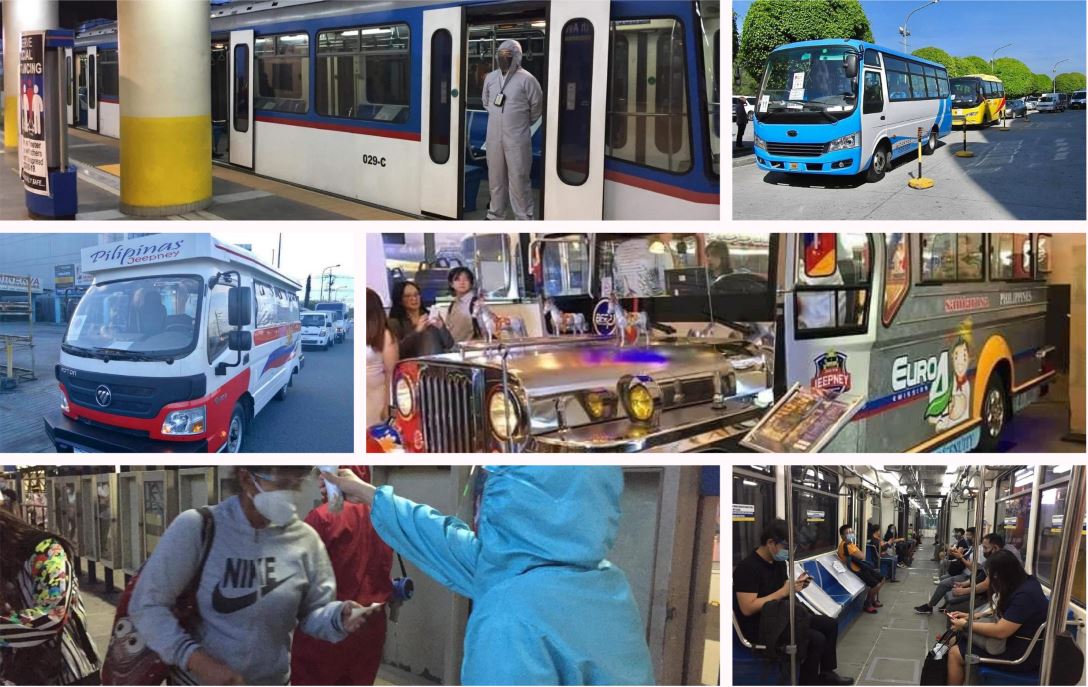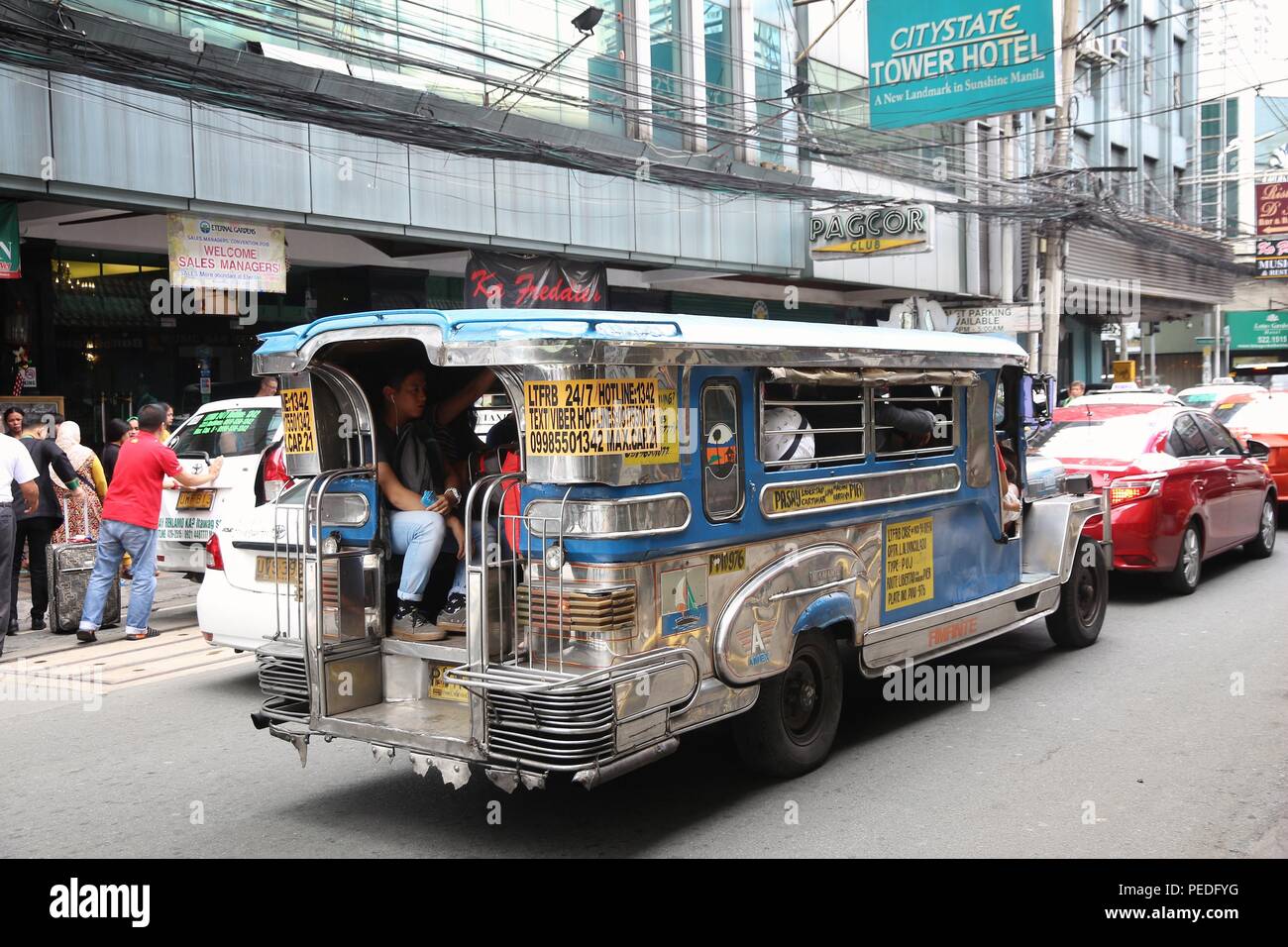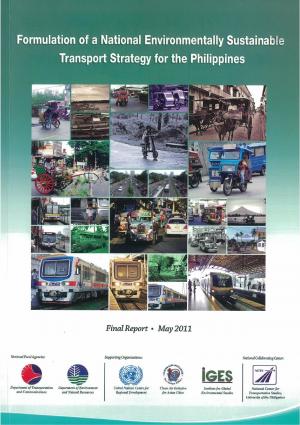Exactly How Transportation Advertising Can Transform Public Transport Spaces Into Dynamic Advertising And Marketing Operatings Systems
Transit marketing holds significant capacity to redefine public transport areas into lively advertising platforms that inform and engage. By utilizing cutting-edge layouts such as electronic display screens and interactive kiosks, brand names can not just get to a varied audience but also improve the total traveler experience. This technique produces a distinct opportunity for brands to attach with consumers in a setting that is usually neglected. As we explore the complex benefits and progressing strategies of transit advertising and marketing, it elevates the question of how this makeover can redefine our interactions with both brand names and the city environment.
Advantages of Transportation Advertising And Marketing

In addition, transportation advertising is very economical contrasted to traditional media. It enables advertisers to attain high impacts at lower expenses, making best use of roi. The restricted target market of travelers offers a chance for brand names to share their messages to people who are frequently receptive during their travel times.
Furthermore, the vibrant nature of transportation advertising allows projects to be updated frequently, making sure that messaging stays appropriate and prompt. This adaptability can be essential in reacting to market trends or marketing events, maintaining the brand name top-of-mind for consumers. Lastly, the pervasive presence of transit marketing contributes to brand name recall; duplicated direct exposure within familiar travel contexts strengthens brand awareness and cultivates customer commitment, inevitably boosting and driving sales brand name reputation.
Kinds Of Transportation Advertising And Marketing
Public transport systems provide different formats for marketing, each providing to various marketing methods and audience interaction methods. One famous kind is exterior bus and train wraps, which cover the entire lorry and create a mobile signboard impact, enabling high exposure in city environments. These covers can catch focus as they traverse hectic roads, reaching a varied target market.
Another popular layout is indoor marketing, which consists of posters, digital screens, and ads on transportation seats. These positionings engage travelers throughout their trip, enhancing brand messaging in a confined area. Digital displays, particularly, provide the advantage of vibrant content, allowing marketers to update messages in real-time.
Station marketing is additionally significant, including posters, banners, and interactive kiosks within transportation terminals. These advertisements leverage foot website traffic and can target certain demographics based on area.
Lastly, promotional collaborations with transportation authorities can bring about one-of-a-kind projects, such as themed transit experiences or occasions, boosting the general interaction with commuters. Each kind of transit advertising and marketing uses unique advantages, allowing brand names to customize their strategy to successfully reach their target audience within the public transportation ecological community.
Involving Commuters Efficiently
Travelers are increasingly swamped with advertising and marketing messages during their everyday journeys, making it vital for brands to involve them in innovative means. To record attention in this jampacked space, marketers should focus on creative thinking and significance. Utilizing attractive visuals and concise messaging can dramatically enhance the probability of involvement.
Interactive aspects, such as QR codes or increased reality features, can also transform fixed ads into immersive experiences, fostering a much deeper connection with the audience. Brand names must concentrate on resolving travelers' passions and demands, customizing messages to reverberate with their lifestyle, whether through promotions for regional services or services created to enhance their commuting experience.
Moreover, timing plays an essential duty; strategically putting ads throughout optimal commuting hours can maximize presence and influence. Involving commuters successfully also entails leveraging social media sites combination, allowing passengers to share their experiences or promos straight from transit platforms, therefore amplifying brand reach.
In significance, find here efficient interaction rests on comprehending the commuter journey and producing compelling, interactive, and relevant advertising and marketing experiences that not just capture attention however additionally drive action and loyalty. By doing so, brands can transform mass transit right into a vibrant advertising platform that reverberates with its audience.

Measuring Advertising Effect
How can brand names precisely examine the effectiveness of their marketing campaign en route environments? Measuring the influence of transportation marketing requires a complex strategy that integrates qualitative and measurable metrics. One common technique is tracking interaction through mobile analytics, where brands can assess foot website traffic patterns and app communications in the past, during, and after projects.
Studies can give useful understandings into brand name recall and consumer belief, allowing brands here are the findings to evaluate exactly how well their messages reverberate with travelers. Additionally, monitoring social media interaction pertaining to specific campaigns can disclose changes in public perception and brand conversation.

Additionally, teaming up with transportation firms can improve measurement precision, as they frequently possess in-depth demographic data on ridership trends. By incorporating these techniques, brand names can establish an extensive understanding of their marketing effectiveness, making sure that their campaigns not just get to yet also impact their target market successfully.
Future Fads en route Advertising
A significant change is anticipated in transportation marketing as technological innovations and altering customer habits improve the landscape. Transit Advertising Philippines. The assimilation of interactive media and electronic screens is anticipated to enhance involvement, permitting brands to supply vibrant content that resonates with diverse target markets. As public transportation systems embrace clever innovation, marketers will take advantage of real-time data analytics to customize messages based upon passenger demographics and habits
Additionally, augmented truth (AR) is positioned to change the means travelers interact with advertisements. By giving immersive experiences, AR can transform an ordinary journey into an interesting narrative that captures focus and cultivates brand commitment. This innovation will likely motivate advertisers to produce even more experiential projects that drive customer interaction.
Sustainability is an additional vital trend affecting transit marketing. As environmental awareness grows, brand names will progressively seek to straighten with environment-friendly methods, using lasting materials and promoting environment-friendly efforts within their projects.
Conclusion
In verdict, transit marketing supplies significant advantages by improving brand name presence and involving a captive target market. Via various styles, such as exterior wraps and electronic displays, it Learn More Here transforms mass transit right into a dynamic advertising and marketing system. Effective interaction strategies and durable measurement techniques better amplify its effect. As trends advance, the possibility for cutting-edge interactions in between brand names and commuters is poised to grow, guaranteeing that transportation advertising continues to be a vital part of contemporary advertising and marketing methods.
Transportation marketing holds considerable capacity to redefine public transport spaces into vivid advertising and marketing systems that notify and involve. The pervasive presence of transit advertising contributes to brand name recall; duplicated exposure within familiar travel contexts strengthens brand name understanding and cultivates consumer commitment, ultimately driving sales and improving brand online reputation.
Exactly how can brand names precisely analyze the efficiency of their advertising and marketing campaigns in transportation settings?In conclusion, transportation advertising provides substantial benefits by boosting brand name exposure and engaging a restricted target market. Transit Advertising Philippines. As trends advance, the capacity for cutting-edge communications between travelers and brands is poised to grow, ensuring that transit advertising and marketing continues to be a crucial element of modern marketing strategies